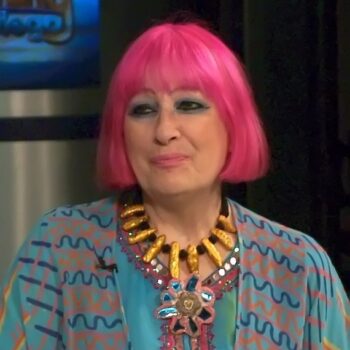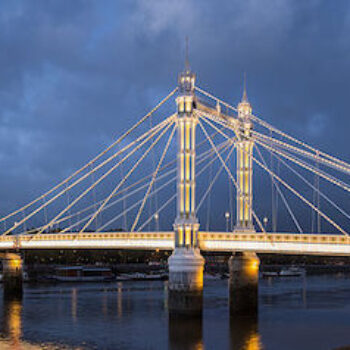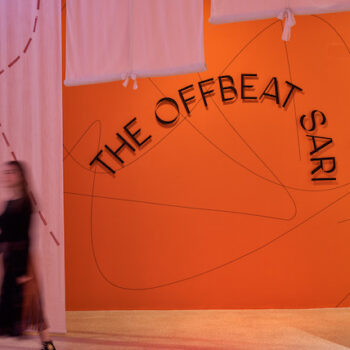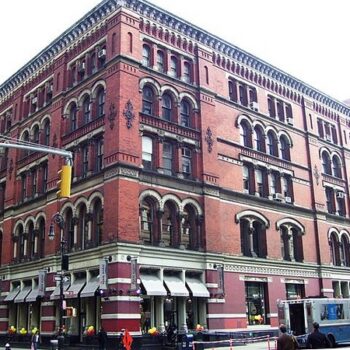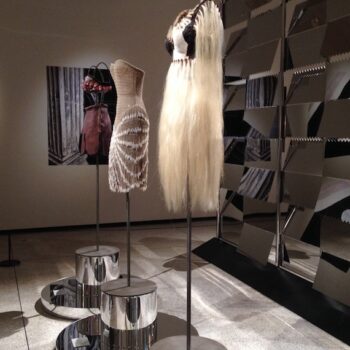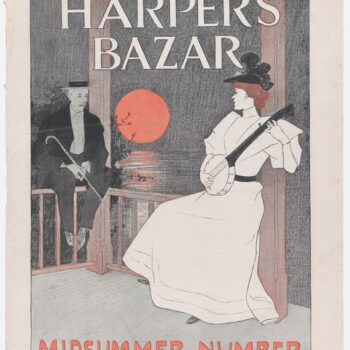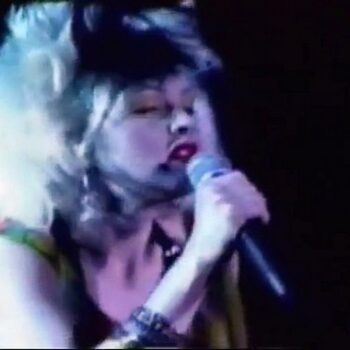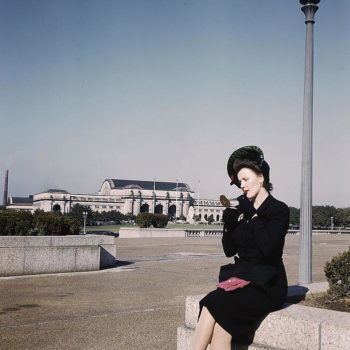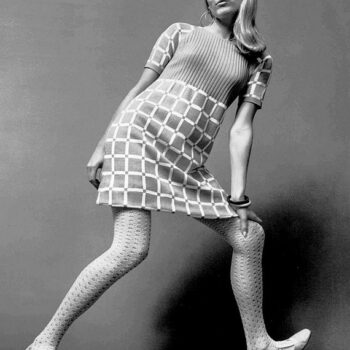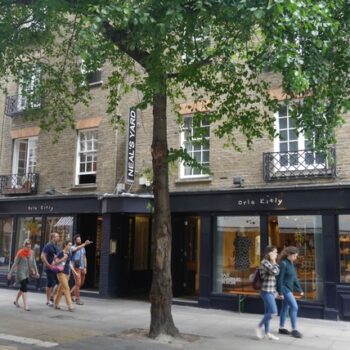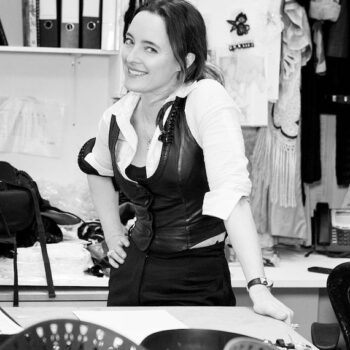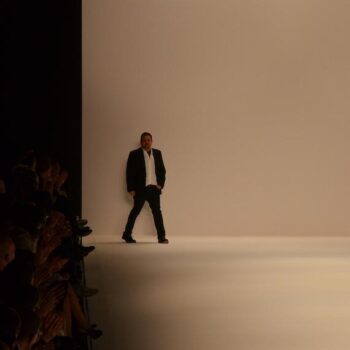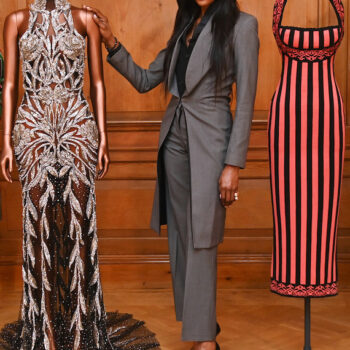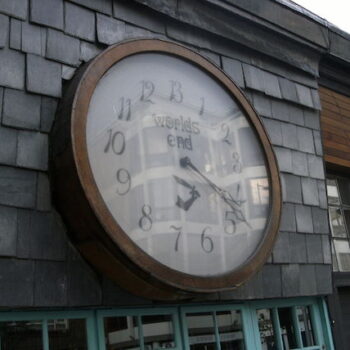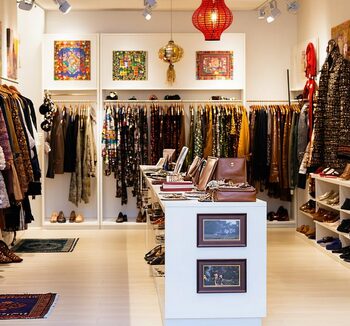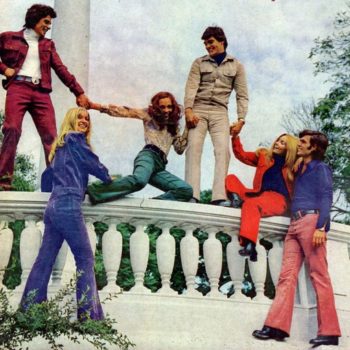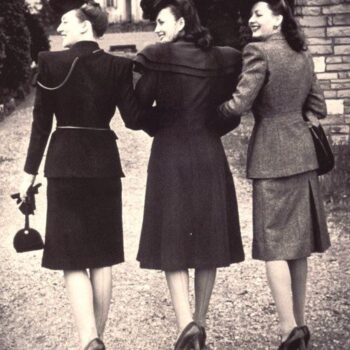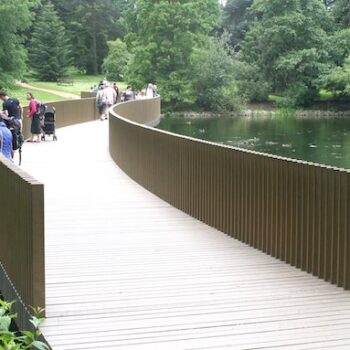Swinging London at the Fashion and Textile Museum
May 12, 2019Dame Mary Quant must be in heaven. This year there are two exhibitions dedicated to her work: one, a solo show at the V&A, and the second is Swinging London: A Lifestyle Revolution. Swinging London at the Fashion and Textile Museum spans the years 1952 – 1977 and presents fashion, textiles, furniture, lighting, homewares, ceramics and ephemera in an exhibition that explores not only the style but the socioeconomic importance of this transformative period of time.
Mary Quant and Terence Conran
Swinging London at the Fashion and Textile Museum is primarily about Mary Quant and Terence Conran. They are not quite the Swinging London that comes to my mind, which would be more some laid back hippies, Mick Jagger in a dress and Marianne Faithful with a joint and straggly hair spilling out of a house party somewhere on the King’s Road. These Londoners share the same Chelsea location but designed neat little dresses and minimalist, Norwegian-inspired furniture. They were known as “The Chelsea Set” and included Alexander Plunket-Greene, Quant’s husband, and Laura Ashley and her husband, Bernard.
Alexander Plunket-Greene and Terence Conran had been to school together and remained friends. With Mary Quant, whom Plunket-Greene had met at Goldsmith’s school of art, they formed the nucleus of this group of photographers, designers and various artistic hangers-on. Chelsea was a bit faded then, and nowhere near as expensive as it is today, but still not what you’d call a cheap place to live. It hung onto its bohemian, artsy reputation left over from the 1920s and 30s whilst being a good investment for the minor aristocracy, of which Plunket-Greene was a member.
A Successful Partnership
He decided to open a shop on King’s Road, and Quant was enlisted as a buyer. But she didn’t find much she liked and so made some clothes herself based on paper patterns bought on the high street, altering them to suit her ideas. Quant had studied illustration, not fashion as she had wished, at Goldsmiths, but now her training in colour and form was finding an outlet. (Her fashion illustrations, on display at the V&A show, are lovely by the way).
Inevitably her clothes were the best sellers and soon the shop stocked them exclusively. However, don’t assume her simple silhouettes and bright poppy colours emerged fully formed from her mind. On display here is a very flouncy ensemble in scarlet and white from 1955 with lacy, bow trimmed legs which resembles a pair of red flannel drawers and vest and would not look out of place as the underwear of a Victorian child on a cold day.
Also on display, a decade later, is a suit in William Morris Liberty fabric, next to a Sgt Pepper style red and gold military jacket and drab olive aviator style waistcoat. None of these were her best work and all were tapping into the trend for second-hand nostalgia. The wearing of random finds from flea markets such as old military uniforms and the re-discovery of florid Victorian prints was at its peak then. But Quant’s girls rightfully looked to the future.
Swinging London – Mary Quant, Designer of the Future
The most successful and memorable of her work does just that. Quant, like all good designers, worked directly with textile manufacturers to develop fabric and techniques to get the effect she was looking for. She became interested in the Space Race and in Space Age design. With shoe manufacturers G.B. Britton of Bristol she developed PVC shoes and bootees in her signature bright colours for her Quant Afoot range. But they were not a great success, being sweaty in summer and cold in winter. However, PVC shoes are still manufactured by many brands today so the concept wasn’t a complete failure. She also used a PVC backed wool blend jersey to get the drape she was looking for in her jersey dresses, and had a range of rainwear in a similar fabric. Her colour block tights were truly innovative, as stockings would show under the short skirts.
Terence Conran designed the interior of her second shop, and in return she designed the staff uniforms for his first venture, a shop in Chelsea in 1964. Here, there are several evocative room sets with Conran’s furniture for Habitat. Conran, like Quant, was a polymath and he was interested in lots of areas of design. His travels in Europe inspired him and he wanted to bring the energy of Italian coffee bars and French cafes home. Ceramics, textile design, armchairs and glasswear designed by Conran are all represented. Conran also recruited other designers to complement his own work and in time opened the Conran shop too, for a different level of design.
Swinging London at the Fashion and Textile Museum – a Show For Two with Extras
Shoehorned into was is essentially a two-person show are a few extra bits and bobs to justify the title. There is some info on Elizabeth David, and how the cookery writer brought summery Mediterranean recipes to drab old England of meat and two veg cuisine. There is also a section on artist Eduardo Paolozzi, who had been Plunket-Green’s teacher, as well as Paolozzi’s co-designers in the Hammer Print group.
I feel like the connection here is a bit tenuous since I don’t imagine these middle-aged people from a different generation were dropping round to Mary and Alexander’s place and hanging out in Chelsea that much, but I could be wrong.
In any case. This is an interesting look at the mid-century world of a group of influencers who ended up changing the look of Britain.
Swinging London at the Fashion and Textile Museum is on until the 2nd June 2019.
Swinging London at the Fashion and Textile Museum. Image courtesy FTM.



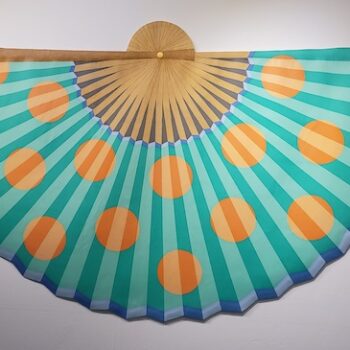
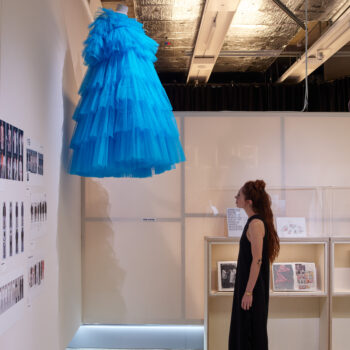

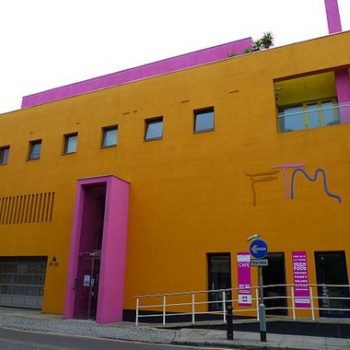
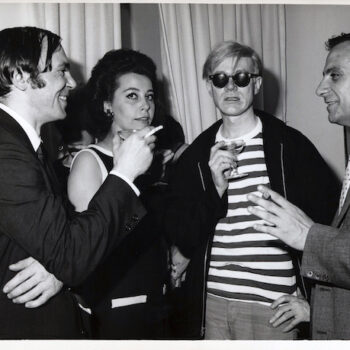
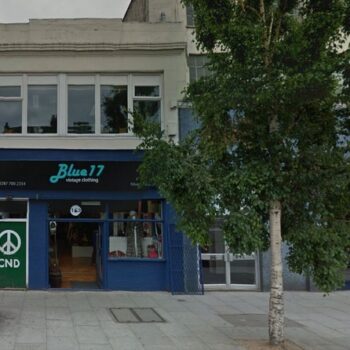
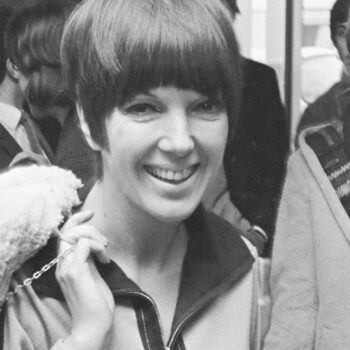

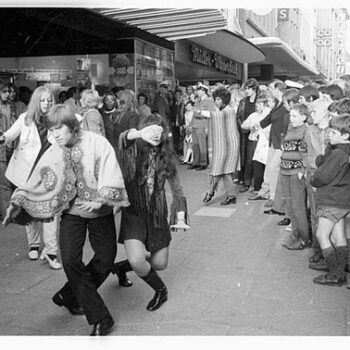
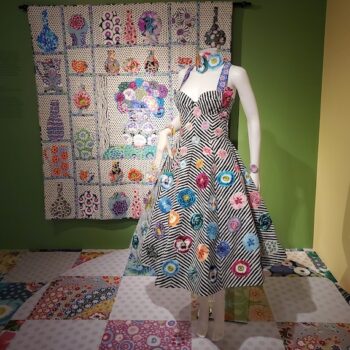
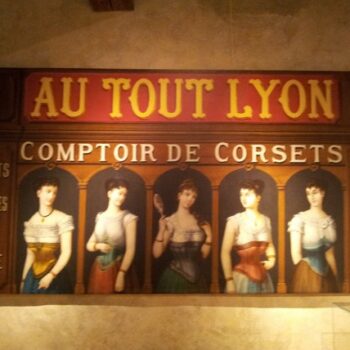
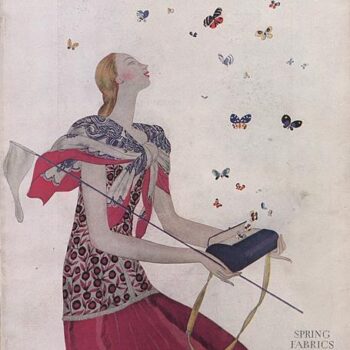
![LFWMAW18, By Philafrenzy (Own work) [CC BY-SA 4.0 (https://creativecommons.org/licenses/by-sa/4.0)], via Wikimedia Commons](https://www.blue17.co.uk/wp-content/uploads/2018/02/London_Fashion_Week_Mens_Strand_January_2017_02-350x350.jpg)
